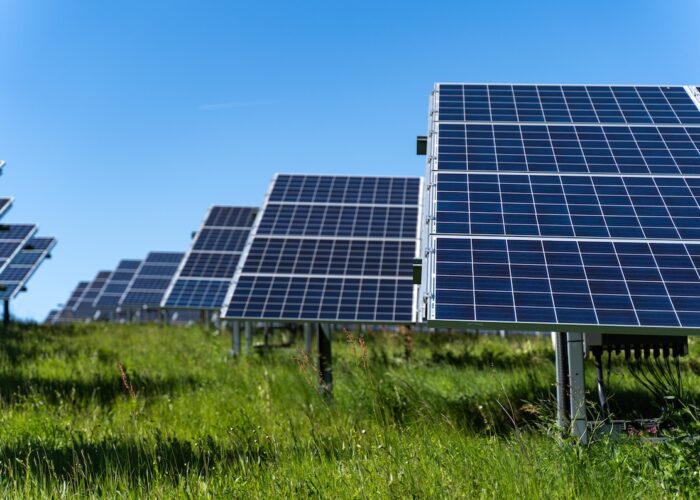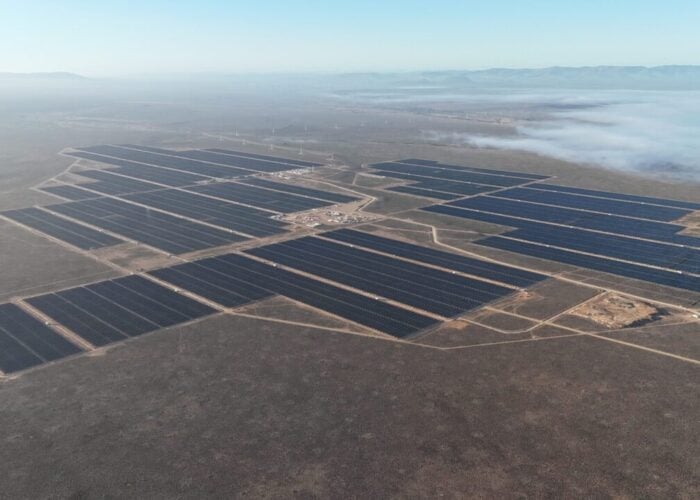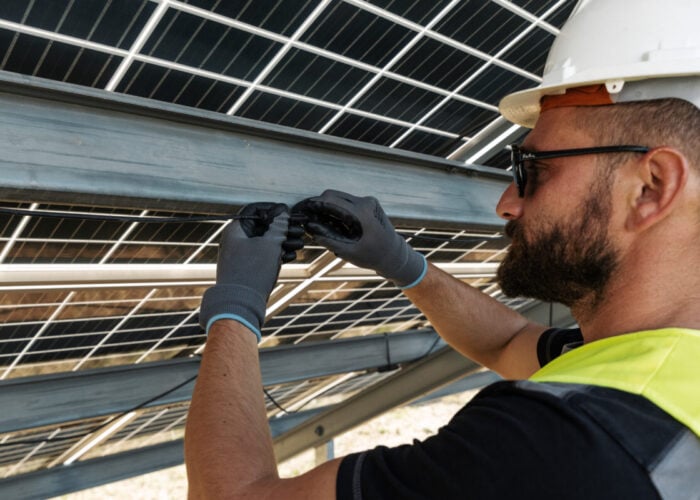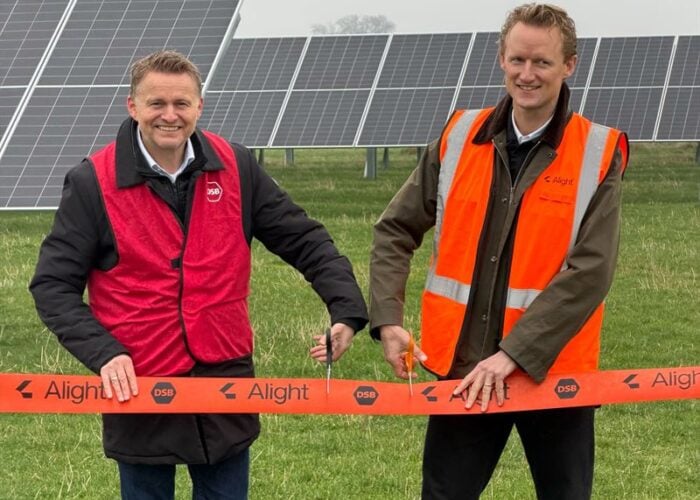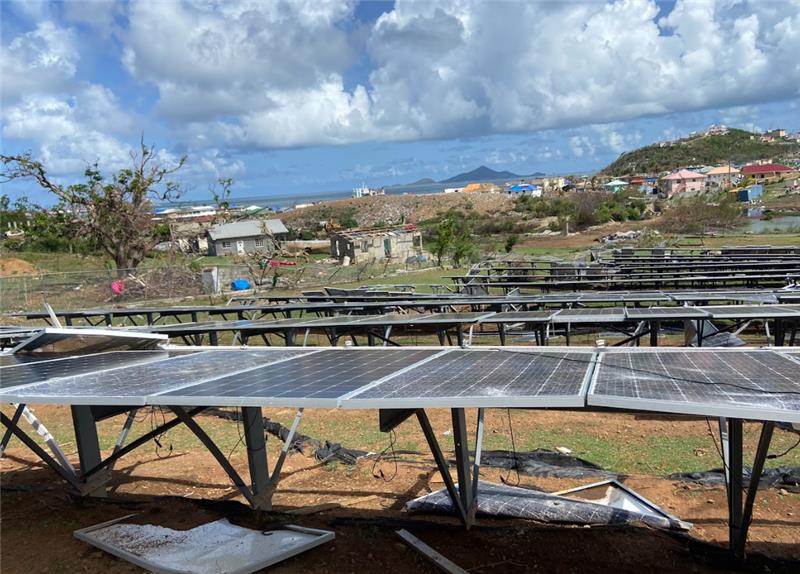
Further measures are needed to ensure PV systems in areas prone to tropical cyclones are resilient to storms of increasing frequency and violence.
That is the main message of a study published this week by the US non-profit Rocky Mountain Institute (RMI), detailing areas where PV systems continue to be vulnerable to damage from hurricanes and other powerful storms.
Try Premium for just $1
- Full premium access for the first month at only $1
- Converts to an annual rate after 30 days unless cancelled
- Cancel anytime during the trial period
Premium Benefits
- Expert industry analysis and interviews
- Digital access to PV Tech Power journal
- Exclusive event discounts
Or get the full Premium subscription right away
Or continue reading this article for free
One of the central paradoxes of solar and other clean energy technologies is that they are increasingly at risk from the effects of the climate breakdown they are intended to avert. Increasingly violent storms and other natural catastrophe events are widely believed to be symptomatic of the deepening effects of climate change, and all pose a serious threat to PV projects.
“Solar must be resilient to the climate threats it helps mitigate,” the RMI said. “Hundreds of gigawatts of solar installations are installed in the annual path of tropical cyclones, from Florida to the Philippines, highlighting an increasing vulnerability as the global solar market grows.”
The RMI report is the latest in the organisation’s ‘Solar under storm’ series, which explores PV system vulnerability to hurricane risk and provides technical guidance on building resilience.
It looked at the fate of three ground-mounted PV systems in the wake of Hurricane Beryl, which destroyed homes and infrastructure across Grenada and Saint Vincent and the Grenadines last July and was the earliest Category 5 hurricane ever to form in the North Atlantic.
The report said the failings found in the PV systems studied after Hurricane Beryl validated those observed in the wake of earlier hurricanes studied by RMI.
These included top-down or T-clamp failures of modules, inadequate racking for wind loads in hurricane zones, undersized or under-torqued bolts and a lack of vibration-resistant connections.
The study also confirmed some of the common attributes of PV systems that survived the earlier hurricanes and also fared better after Hurricane Beryl.
These included dual post piers, through bolting of PV modules rather than top-down or T-clamping, lateral racking supports and vibration-resistant connections.
Based on its findings, the report set out a number of specifications based on what had been proven to work from the last eight hurricane seasons. These are listed in the boxout at the end of this article.
The RMI said communicating clear market signals to suppliers and upstream equipment providers and coordinating closely among practitioners were both effective strategies for improving system survival rates.
This includes collaborating with module suppliers to implement static and dynamic load tests that exceed current Category 5 hurricane standards; working with racking suppliers to perform full-scale and connection tests representative of 180 mph wind loads; and ensuring suppliers document manufacturer quality, material origin, and certifications through a third-party audit aligned with engineering assumptions.
“Solar is by far the number one source of clean energy generation in coastal areas worldwide, but we need to build with more resilience,” said report co-author Christopher Burgess. “Hurricane Beryl last summer reminded the industry that we have more to learn. Bolstering solar projects with proven mitigation is worth the time and the expense—especially as solar becomes the primary source of generation in many islands and coastal power systems in hurricane-prone geographies.”
RMI’s proven measures for building hurricane resilience
- Specify high-load (4,000 Pa uplift) PV modules, based on structural calculations (not module datasheets); these are currently available from a number of Tier-1 module manufacturers.
- Specify through bolting of modules as opposed to top-down or T clamps, or if top clamping is required, use clamps that hold modules individually or independently, no shared clips.
- When through bolting modules, use a specialised washer as opposed to standard round washers to spread the low-cycle fatigue away from concentrated areas of the module frame. RMI will be requiring a specialty washer such as the StormPlate on future Caribbean and Pacific solar projects.
- Require structural engineer review of lateral loads due to racking and electrical hardware. Often lateral loads are missed, and recent failures have proven them to be a critical source of weakness (e.g., combiner boxes attached to end solar array posts caused increased loading and led to failure).
- Do not recommend trackers for projects in Category 3 or higher wind zones.
- Specify all hardware based on 25 years of corrosion.
- Do not recommend any self-tapping screws.



